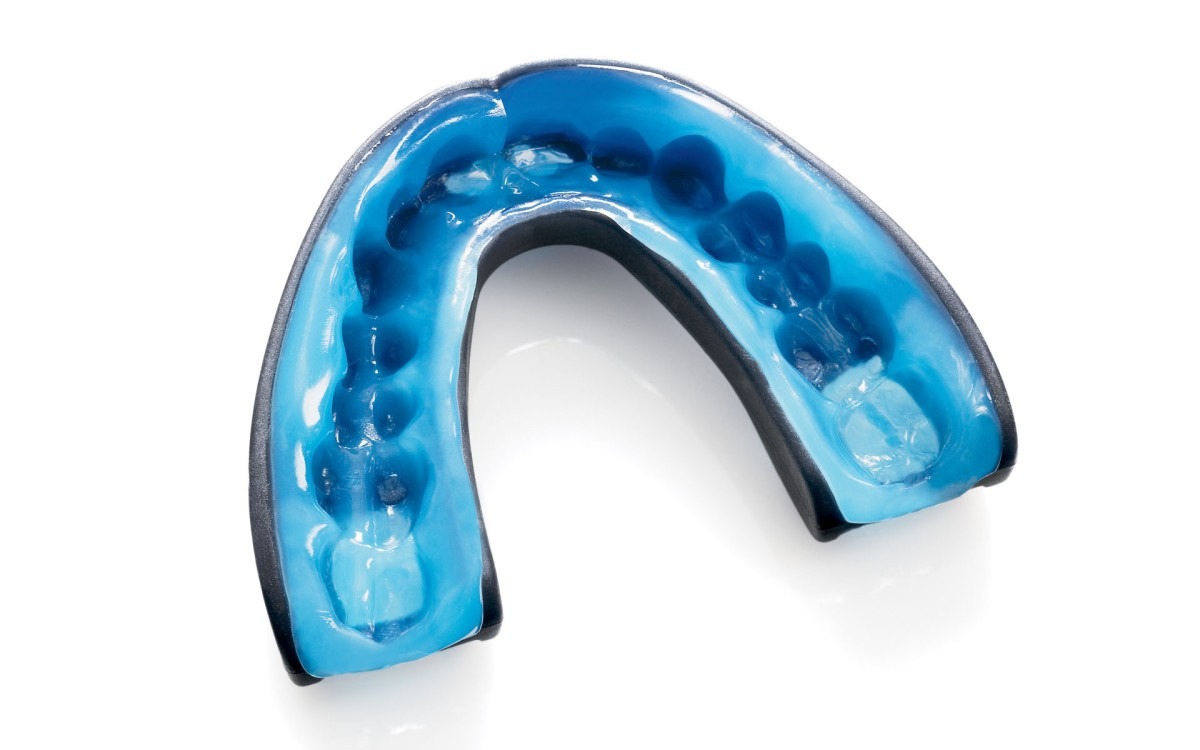Inclusive Dentistry: Tailoring Care for Patients with Diverse Needs
In the realm of dental care, a one-size-fits-all approach simply doesn’t cut it. Every individual stepping through the clinic door brings their own set of challenges, needs, and backgrounds, necessitating a shift towards a more inclusive dentistry. This conversation is gaining momentum, and for a good reason. It’s high time we delve into how the dental industry is evolving to meet the varied needs of its patients, ensuring everyone gets the care they deserve.
Anúncios
Understanding the Spectrum of Needs of Inclusive Dentistry
When we talk about diversity in dental care, we’re not just referring to cultural or linguistic differences. We’re looking at a broad spectrum that includes patients with disabilities, elderly individuals, those with dental phobia, and even kids who might find the dentist’s chair a bit daunting. Recognizing this diversity is the first step towards creating an environment where everyone feels welcome and understood.
Anúncios
Breaking Down Barriers: Accessibility is Key
Accessibility doesn’t stop at installing ramps or ensuring there’s enough space in the clinic for mobility aids. It extends into the very essence of how dental services are delivered. From the layout of the clinic to the communication methods and appointment procedures, every aspect should be scrutinized and adapted to ensure it doesn’t inadvertently exclude anyone.
Communication in Inclusive Dentistry: More Than Just Words
Effective communication is the backbone of any inclusive dental practice. This means not only being able to communicate in various languages but also using sign language or having materials available in Braille. Moreover, the tone of voice, the use of simple and clear language, and the ability to listen actively and empathetically play a crucial role in making patients feel comfortable and understood.
Anúncios
Inclusive Dentistry: Innovative Solutions for a Diverse Clientele
The dental industry is witnessing an exciting phase of technological advancements and innovative solutions aimed at catering to a wider audience. For instance, virtual reality (VR) headsets can provide a calming escape for patients with anxiety or those with special needs, transforming their dental experience. Similarly, the use of sedation dentistry or quieter, less intimidating equipment can make a world of difference to someone’s dental visit.
Training and Awareness Among Dental Professionals
For a truly inclusive dental practice, it’s essential that the entire dental team is on board. This involves regular training and awareness sessions that not only cover the technical aspects of treating patients with diverse needs but also emphasize the importance of empathy, patience, and flexibility. Understanding the unique challenges faced by different patient groups is crucial in providing compassionate and effective care.
A Call to Action for a More Inclusive Future
Embracing inclusivity in dental care isn’t just about making minor adjustments or token gestures; it’s about fundamentally rethinking how dental services are provided to ensure everyone has access to quality dental care. This means ongoing dialogue, continuous improvement, and a commitment to understanding and meeting the needs of all patients.
The journey towards an inclusive dental practice is an ongoing one, with each step forward making a significant difference in the lives of many. By recognizing and embracing the diversity of patients’ needs, the dental industry can ensure that no one is left behind, and everyone receives the care and respect they deserve.




